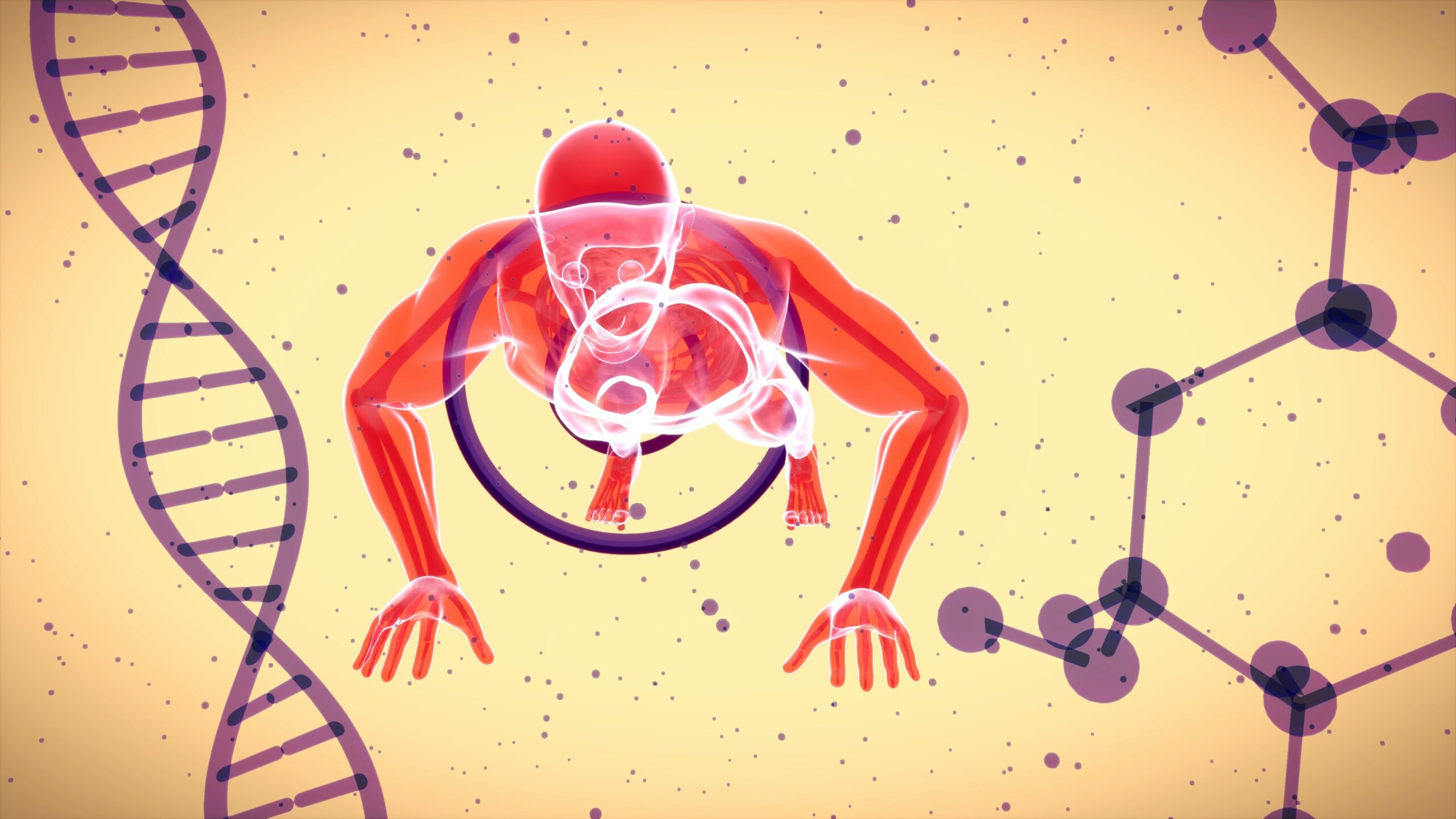What You Need to Know About Gilbert’s Disease
 There are quite a number in the American population that had been affected since their time of birth by this condition, Gilbert’s disease affects about two to five percent of the population in the United States alone. To better understand what it is and how it affects the people ridden with the condition, here are some of the frequently asked questions about Gilbert’s disease.
There are quite a number in the American population that had been affected since their time of birth by this condition, Gilbert’s disease affects about two to five percent of the population in the United States alone. To better understand what it is and how it affects the people ridden with the condition, here are some of the frequently asked questions about Gilbert’s disease.
1. What is Gilbert’s disease? Gilbert’s disease is known to be one of the causes of mild jaundice once in a while. It is typically not dangerous and has no need for treatment. It is due to a condensed amount of a compounds in the liver, which processes a breakdown result of blood cells called bilirubin. Gilbert’s disease is a condition wherein the liver has a problem in breaking down the bilirubin completely.
2. Where did the name Gilbert’s disease came from? In 1901, a French gastroenterologist named Augustin Nicolas Gilbert and his co-workers described the differences in the symptoms of Gilbert’s disease and the other liver diseases. He also provided additional information on how to acquire it and it’s further transmission.
3. What is bilirubin and what happens to a person with Gilbert’s disease? Bilirubin is continuously made inside our bodies, it is a form of end product. It is the waste product of hemoglobin. Hemoglobin is a compound that is found in every person’s red blood cells and it is responsible for carrying oxygen to the other cells in the body. Many of the red blood cells that we have and the hemoglobin break down each day and as a result bilirubin needs constant disposal. Bilirubin get carried to the bloodstream and into the liver where it is taken in by liver cells. The liver breaks down the bilirubin further into the gut and to bile. An enzyme or a chemical compound that can be found in liver cells called urodine diphosphate glucuronosyltransferase (UGT) aides the liver cells to break down the bilirubin. People with Gilbert’s syndrome have a reduced level of UGT and so bilirubin can build up in the bloodstream. High levels of bilirubin in the blood causes jaundice.
4. Who gets Gilbert’s disease? Gilbert’s syndrome is a very common hereditary condition that means there is no way to prevent or to treat the condition was it has been passed on to the next generation. About 1 in 20 people have this syndrome – but most will not be aware of it. It is more common in men than women. It is often first diagnosed in the late teens or early twenties.
5. What are the symptoms of Gilbert’s disease? More often than not, none. Unfortunately, the specific symptoms related to Gilbert’s disease is not as easy to spot and monitor like in other diseases. Gilbert’s disease can be very dormant in terms of symptoms that it can manifest in a person for several years with them knowing it.
6. How different is it from jaundice? Jaundice is caused by the excessive levels of bilirubin in the body, more specifically the blood. Because people with Gilbert’s disease have fluctuating levels of UGT or urodine diphosphate glucuronosyltransferase, the build up and the manifestation of Jaundice can’t really be used to gauge the severity of a person with Gilbert’s disease’s condition. Aside from the discomfort and stomach pains most of the other signs of having Gilbert’s disease can be associated with other conditions.



